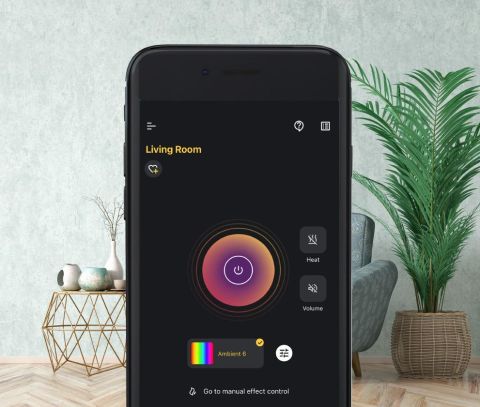Electric heater technical support
Find answers to common technical questions below or check your Product Service Manual for detailed troubleshooting steps.
General
All of our manuals are available on our website; simply follow this link and enter your model number
Yes. These clearances are part of the CSA/UL approval. Installing the unit in a non-recommended manner is unsafe.
The general rule for electric heat is to use 10 watts of heat per square foot of space i.e. 1000 watt heater will heat 100 square feet (10’ x 10’) in a standard insulated room. To get an accurate measurement we recommend using our heat loss calculator.
All types of heaters we offer work on the principal of convection; heat is transferred from the heating element to the surrounding air. The two basic types of heater are:
Fan Assisted Heaters
Convection Heaters (those without a fan)
All heaters of the same wattage produce the same amount of heat and cost the same to operate, regardless of type.
Although the heaters we manufacture are voltage specific, there are no differences in operating costs of 120-volt vs. 240-volt units if the heating appliance being used is rated at the same Power (Watts). Permanently installed heaters are usually 240-volt because more Power heaters can be installed per circuit. Circuit breaker size within the main electrical panel, as well as the circuit wire size (gauge) are minimized when 240-volt circuits are used. 120-volt heaters are usually limited to 1500 watts or less. Check local building/electrical codes for any additional requirements in your area.
No, all electric heaters are of 100% efficiency. This means that there are no external losses (such as heat up the chimney as in gas and oil fired systems).
Electric heat has a variety of advantages:
It’s the cheapest to install , both by material and labour.
There’s no need for gas lines and can be used wherever electricity is available.
It’s safe – there are no concerns about gas.
You can control each room individually.
It’s best suited to fixing problems in under-heated areas.
There’s a variety of product that can be used for one project.
It’s the best option for Do-It-Yourself installations.
Amps are calculated by taking the Watts and dividing by the Volts. An additional allowance of 20-25% must be added to the Amp calculation to allow for fluctuations that can occur in the power supply. It’s very important to check with building codes before selecting your breaker size requirements vary from region to region.
The most common reason for this to happen is an error of the 240-colt connection at the power source inside the breaker/electrical panel. Consult with the original installer and/or certified electrician to check the voltage coming into the heater by using a Voltage/Multi-Meter. The meter should read 240-volts by measuring across both L1 and L2 at the same time.
All heaters are UL/CSA approved as is. No modifications are allowed.
Thermostats and Controls
Single pole thermostats break only one side of the power line; therefore, power is continuous to the heater. The control knob will only have a low temperature setting with no “off” position. Check with local building/electrical codes for requirements in your area.
Double pole thermostats break both sides of the power line; therefore, all power to the heater is interrupted. The control knob will have an “off” position. Check with local building/electrical codes for requirements in your area.
Find more detailed troubleshooting steps
Dimplex products come with their own troubleshooting guides, or a troubleshooting section at the back of the Product Service Manual. You can find the right guide on our Product Downloads page.

